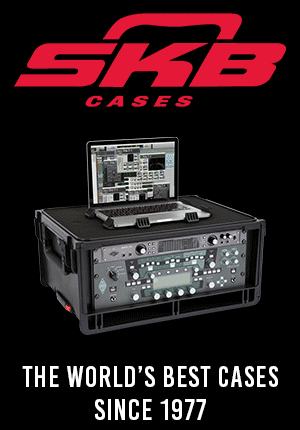At NAMM’s Believe in Music Week in January, I gave a talk on the five secrets of Reverb’s top sellers. One of those secrets? Top sellers have integrated their online shops. After speaking with retailers following the event, it quickly became clear that I had only scratched the surface on what sellers needed to know about integrations. So, what are integrations, why do you need them and how do you figure out which one is right for you? Let me break it down.
What are integrations?
There are three ways you can list gear online: One item at a time, through a spreadsheet import or through an integration.
At the most basic level, an integration lets you sync your Reverb shop to your other ecommerce platforms — like your website and point-of-sale system — so that you can more efficiently run your online sales. Integrations can save you the effort of managing all of your platforms individually and get each of your systems running smoothly with each other.
For the majority of sellers, integrations tend to fall into three categories:
• Inventory and sales management, integrating with platforms like Magento or Lightspeed.
• Order fulfillment and shipping, integrating with platforms like ShipStation.
• Accounting and bookkeeping, integrating with platforms like QuickBooks.
It’s important to note, however, that there are plenty of other integrations that run the gamut of business operations, but it depends on a few factors to decide which integrations you’d run. This brings me to my next point.
Why should you use integrations?
The a-ha moment for most sellers comes when they decide that they want to double-down on their online sales and make them a major sales channel.
Think you don’t need to integrate? Consider this: If you sell something in your Reverb shop, it needs to come down from your main shop site, or vice versa. If you’re manually taking listings down between platforms every day, but you forget to do that and oversell, now you’ve got to issue a refund, soothe an angry customer and potentially deal with the fallout of a bad review. Multiply this a few times each week and you’re wasting time and, ultimately, money. In a situation like this, integrating will help you keep your inventory levels equal across your platforms.
Whenever I talk about integrations, I stress three key reasons why you need them:
• They save time and money across each step of your sales operations.
• They help you get more listings up online, which leads to more sales overall.
• They increase the online footprint of your shop, making you more competitive.
What integration is right for me?
My team gets asked this question a lot. Our response is always the same — it all depends on what you want to achieve, as well as your current tools and workflow.
There’s no one out-of-the-box solution for integrations, but some thoughtful conversations with our Reverb integrations team can yield helpful results. We start by asking our sellers about their goals for their business and their biggest bottlenecks or pain points that keep them from reaching those goals. We then work backwards from those insights and make recommendations about how to integrate.
The time that it will take for sellers to see results from their integrations can vary. For some sellers, it’s immediate: They open the Reverb app, press a button and upload hundreds of bulk listings within five minutes. For other sellers, their integrations take several hours of up front work assigning SKUs to all their products. Either way, we think that the up-front investment will pay off greatly in the end.
Every seller is unique and their mix of integrations will be too, but that shouldn’t be a deterrent from working to find the right solution to fit your business. The important thing to stay focused on is achieving your long-term sales goals knowing that the more you list online, the more you’ll sell. MI
Mark Anzelc is seller engagement senior manager at Reverb.










